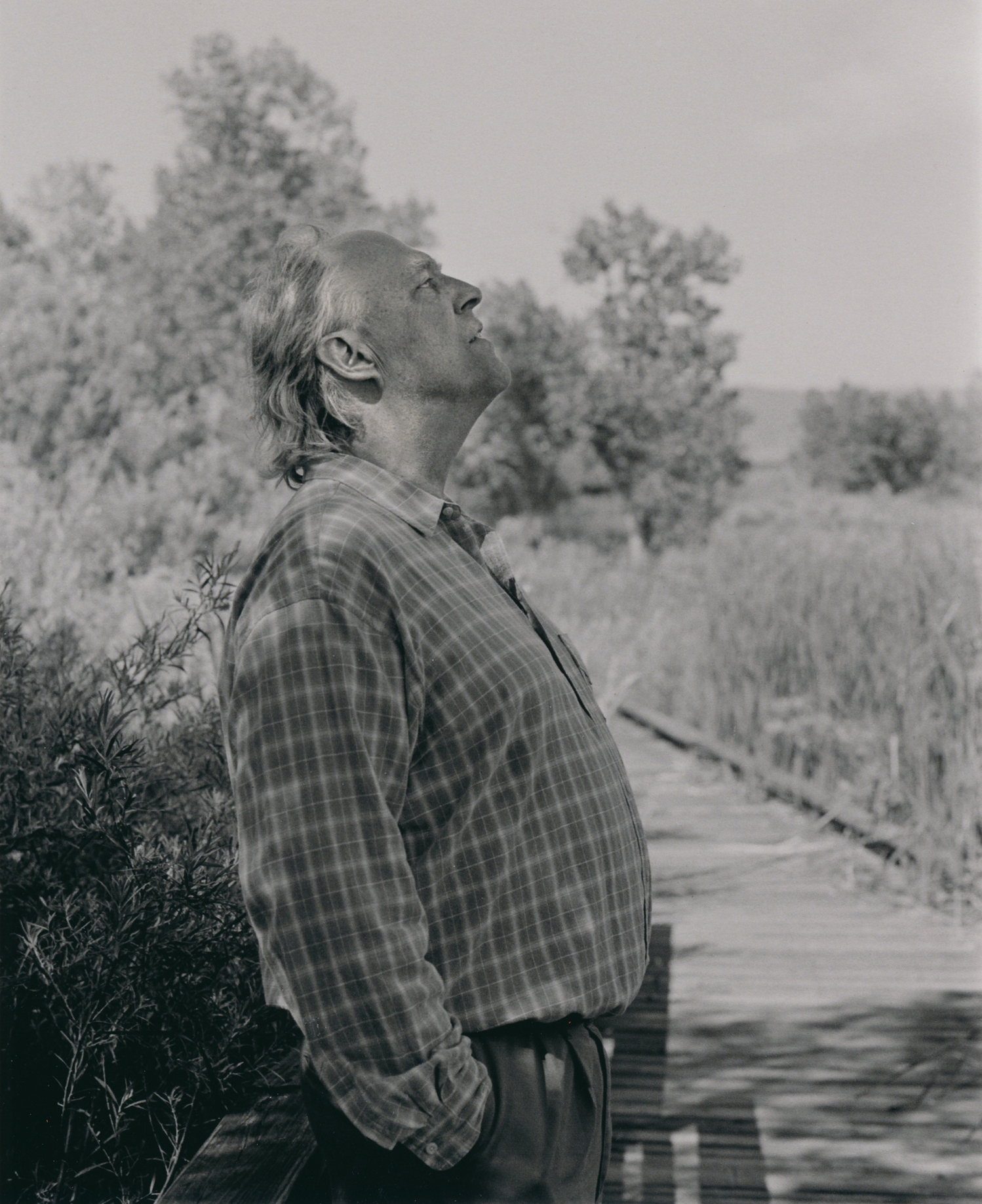
“A demagogue’s words sound considerably more hollow on a hilltop in South Dakota than in a New York conference room. To ‘be small in the world’ (a phrase from Creeley) can be liberating, even heady.”
Non-exhaustive list of what inspires Merrill Gilfillan:
Sudden immersion in the Great Plains
The works of naturalist W.H. Hudson
All stories that could be carelessly labeled “small.”
I first think to say that Merrill Gilfillan is one of our literature’s most brilliant landscape painters, but when I press myself on this statement, I realize that it is not only the spaces of the American Plains that his stories evoke, but also their sound, which is quiet. Silence is an absence of sound, but quiet is something else altogether.
The stories in Talk Across Water—thirty-five stories written during a period Gilfillan spent exploring different parts of Montana, Wyoming, and the Dakotas—are quiet in every meaningful sense I can think of. The lands they inhabit are full of life but often sparsely populated. The characters speak with deliberation, or just don’t talk at all. The prose is—not delicate, but it handles itself with ease, attending to the world of humans and the world outside of humans in about equal measure.
It is for his prose that Gilfillan is best known, the prose of a lifelong poet—“thoughtful, lyrical, and majestic” is how Lucia Berlin described it; “carved and dangerous” says the New York Times. But it seems to me the radical element of his writing is his fundamental commitment to the unassuming side of reality, a kind of extreme realism that downplays the heavy drama most “Realism” relies on in favor of atmosphere, the texture of a place or the particularity of a moment.
Born in 1945, Gilfillan is the author of over a dozen volumes of poetry and numerous essay and fiction collections. I interviewed him by email in March.
—Martin Riker
THE BELIEVER: Can you tell me a little about how you came to write these stories? You started off as a poet?
MERRILL GILFILLAN: I became interested in poetry during high school years and by the time I was twenty, a sophomore at the University of Michigan, I had committed, “taken the vow,” as they say. I wrote nothing but poetry till the age of forty, when, in good part because I moved to the West (Colorado), I felt the need to work in a more direct, open-armed genre to deal with and digest that new landscape and its implications: first through nonfiction, as in Magpie Rising, and later in stories.
I supported myself largely doing freelance editorial work—proofreading and copy editing—in...
You have reached your article limit
Sign up for a digital subscription and continue reading all new issues, plus our entire archives, for just $1.50/month.
Already a subscriber? Sign in




